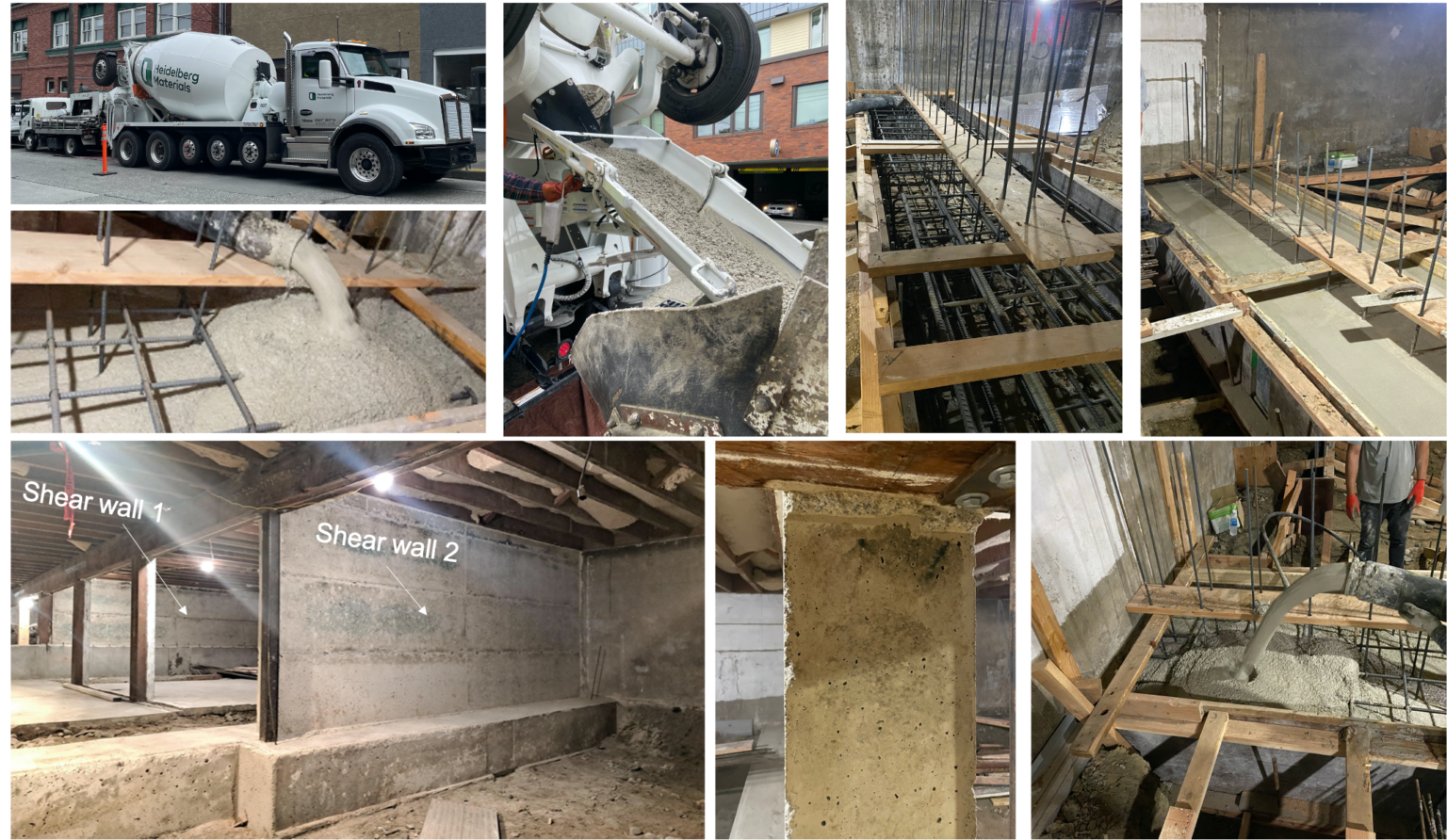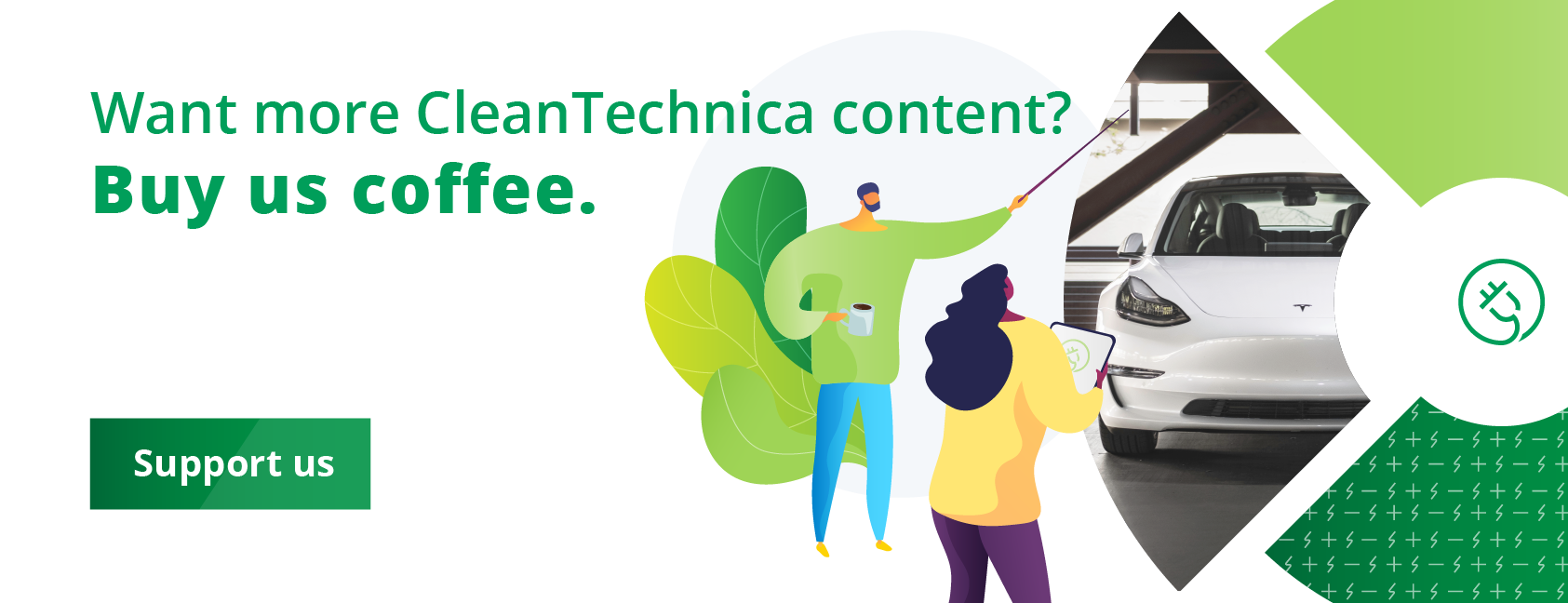
Concrete is an essential building material used in many new homes and commercial buildings around the world. About 7% of global carbon emissions come from making concrete — half to make the cement that makes concrete possible, and half from making the concrete itself. We reported recently on Sublime Systems, an MIT spinoff from the prolific mind of Yet-Ming Chiang, a renowned material sciences professor who is the founder or co-founder of several cleantech enterprises such as American Superconductor Corporation, A123 Systems, Desktop Metal, Form Energy, and 24M Technologies.
Sublime Systems (the name is a clever pun that you may have to be a chemistry major to understand) says it has found a way to make cement using electricity, which avoids the energy usually needed to roast limestone in a kiln, thereby reducing the carbon emissions from making cement considerably.
The project was spearheaded by Leah Ellis, a graduate of Dalhousie University in Halifax, Nova Scotia, which is where battery guru Jeff Dahn hangs his hat. After she graduated in 2011, she went to work as an intern at Tesla before receiving an award that allowed her to pursue further studies with anyone of her choosing. She chose Yet-Ming Chiang.
“Sometimes people will pay you to take energy off their hands,” Ellis said. “Instead of putting that energy in a battery, what if we can use this extra low cost renewable energy to make something that would otherwise be very carbon intensive? And then the first on the list of things that are carbon intensive? It’s cement.”
C-Crete Cement-Free Concrete

Image courtesy of C-Crete
C-Crete Technologies has a different idea. It says it has invented a new process that does away with cement entirely. In a press release, the company announced that its process was used for the first time in a commercial building foundation in Seattle, Washington. It says its sustainable alternative to Portland cement produces almost no carbon dioxide in its manufacturing and actually absorbs CO2 from the air over time.
Each ton of C-Crete binder that replaces Portland cement prevents approximately 1 ton of CO2 emissions. Furthermore, the product utilizes a suite of natural minerals and industrial by-products, which should eliminate any supply chain issues.
Approximately 60 tons of the cement-free concrete were poured in the foundations and shear walls of the Seattle project at 7200 Woodlawn Street, an adaptive re-use development of a 120-year-old historic brick building that used concrete as part of a seismic retrofit.
The concrete using the C-Crete binder has great flowability, which makes it compatible with current cement pumping equipment. When set, it achieved a loading strength of over 5,000 pounds per square inch, greater than the ASTM standard of about 4,000 psi for most residential, commercial, and infrastructure concrete applications.
It meets other key industry standards and is resistant to freeze/thaw cycles, alkali/silica reactions, and chloride and acid penetrations. It is also compatible with conventional concrete admixtures, which allows for easy integration into existing construction practices.
“We are thrilled to introduce our cement-free concrete, a game-changer in sustainable construction,” said C-Crete’s founder and president, Rouzbeh Savary, Ph.D. “Our binder is a drop-in replacement for Portland cement that drastically reduces carbon emissions. Given that our product meets industry standards and has cost parity with conventional concrete, it opens up an entirely new era in construction.” It is no coincidence that Savary got his Ph.D. at MIT, which is heavily involved in low carbon research in many disparate industries.
Donald Davies is owner of the Seattle building where the C-Crete cement was poured, and is the chair of Building Transparency, a nonprofit dedicated to enabling the building industry to address embodied carbon’s role in climate change.
“As a developer, a structural engineer of 33 years, and a leader in low carbon construction, I’m seeing many lower carbon concretes being discussed,” Davies said. “I’m seeing exciting advancements, but few are ready to scale into production the way C-Crete can now. No cement and low carbon concrete isn’t just a pipe dream. It is real, it is now, and it works. This project proves it’s possible, today.”
With the successful application of its concrete in Seattle, C-Crete is now poised to transform the construction landscape nationwide and beyond. The company looks forward to collaborating with architects, designers, general contractors, ready mix companies, building owners, and decision makers for infrastructure projects to accelerate the adoption of its sustainable concrete.
Chement Low Temperature Cement
There are others interested in lowering the carbon footprint of cement. Chement, a startup based in Illinois, says it has invented a way of making cement at room temperature. While the chemistry is such that, even without burning coal, the process produces carbon dioxide, it does so as a pure gas. That way the costs of capture are only a small fraction compared to trapping those emissions from existing cement kilns.
“Day in and day out, we take materials and transform those materials,” says Venkat Viswanathan, an associate professor at Carnegie Mellon University and co-founder of Chement. “Usually that transformation is done at high temperature with heat generated by fossil fuels. But now we can do that with electricity at low temperature.” The company envisions that most if not all the electricity it needs will come from renewable sources.
“Our technology gets rid of the highly polluting coal fired kilns, using renewable electricity and the same raw materials to perform the chemical reaction with less energy and less carbon dioxide emitted. Chement technology also enables carbon capture that is cheaper and easier than carbon capture in conventional cement production,” the company says.

The Takeaway
What we can learn from these three companies is that it is possible to transition to a low carbon environment without blowing a hole in the global economy. Human imagination and determination can accomplish wonderful things, if not impeded by disinformation campaigns designed to shelter established companies from new technologies.
If the need was not so urgent, as forests burn and ice caps melt, we could take some solace in the knowledge that better, more environmentally friendly ways of doing things are coming. Unfortunately we do not have that luxury. We need to get all these new technologies into use as soon as possible, and even then we may have left it too late.
Sublime, C-Crete, and Chement offer us hope, but we can’t afford to relax for one minute. We need these technologies now, not next week or next month or next year. As always, if the people will lead, their leaders will follow.
Hat tip to Dan Allard.
I don’t like paywalls. You don’t like paywalls. Who likes paywalls? Here at CleanTechnica, we implemented a limited paywall for a while, but it always felt wrong — and it was always tough to decide what we should put behind there. In theory, your most exclusive and best content goes behind a paywall. But then fewer people read it! We just don’t like paywalls, and so we’ve decided to ditch ours. Unfortunately, the media business is still a tough, cut-throat business with tiny margins. It’s a never-ending Olympic challenge to stay above water or even perhaps — gasp — grow. So …
Sign up for daily news updates from CleanTechnica on email. Or follow us on Google News!
Have a tip for CleanTechnica, want to advertise, or want to suggest a guest for our CleanTech Talk podcast? Contact us here.
Former Tesla Battery Expert Leading Lyten Into New Lithium-Sulfur Battery Era:
CleanTechnica uses affiliate links. See our policy here.




